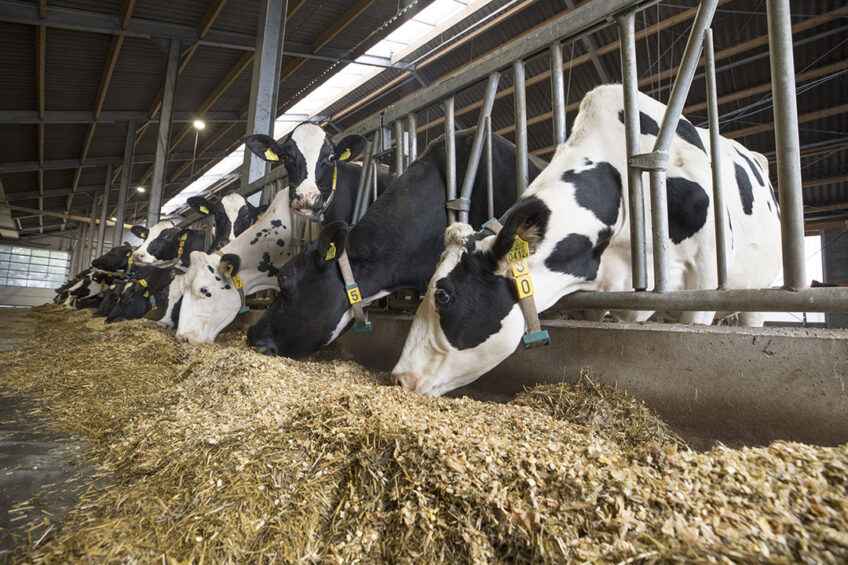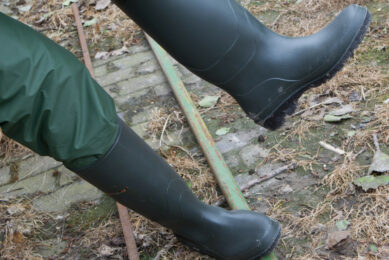Canada invests CAN$1 million in dairy cow health

The investment of CAN$1 million by the government of Canada will help the Association des médecins vétérinaires praticiens du Québec to develop a digital tool to reduce the risks associated with metabolic diseases in dairy cows.
The tool will help producers to work more efficiently and reduce economic losses due to disease for both producers and processors. It will also help improve intervention capacity for veterinarians and strengthen working relationships between producers and processors, said a news release.
It added that the Canadian government continues to make strategic investments in innovative solutions to encourage stakeholders to share knowledge, mitigate risks and further strengthen the agriculture sector as a key driver of economic growth.
Improving dairy cow health and welfare
Jean-Yves Perreault, president of the Association des médecins vétérinaires praticiens du Québec, said: “With this investment an algorithm will be developed to primarily target dairy cows in the critical pre-calving period. Artificial intelligence will be used to analyse risks during the production cycle. The research will have a huge impact on the day-to-day management of good husbandry practices. In addition, animal health and welfare will be put front and centre with the use of this new technology.”

This investment will allow the association to develop algorithms that will help predict risks during lactation based on blood metabolites obtained before calving. The tool and the results will be made available online for dairy producers and veterinarians. By being better equipped to understand and anticipate risks, they will be able to quickly target corrective actions that improve animal health and welfare.
For more information on Canada’s dairy sector, click here.
Join 13,000+ subscribers
Subscribe to our newsletter to stay updated about all the need-to-know content in the dairy sector, two times a week.










